The report highlights that the biggest barrier to AI progress is no longer money, but energy. As the US continues to see a rise in electricity demand, with billions of queries to popular AI models each day, efficiency gains are not keeping pace. This has led to ballooning electricity bills for people living in areas where data centers are located, and the strain is starting to show. "The problem is not just about building more data centers, but also about providing the necessary infrastructure to support them," said Casey Crownhart, senior reporter for energy at MIT Technology Review. "The US needs to invest in renewable energy and upgrade its grid infrastructure to meet the growing demands of its data centers."
In contrast, China has been rapidly building out its renewable energy capacity, which has helped the country to leapfrog on AI progress. According to Crownhart, China's renewable energy buildout has allowed it to provide a stable and affordable source of power for its data centers, giving it a significant advantage in the global AI landscape. "China's focus on renewable energy has given it a competitive edge in the AI market," said Crownhart. "The US needs to take a similar approach if it wants to stay competitive."
The issue of energy demand and supply is not new, but it has become increasingly critical in recent years as the number of data centers has grown exponentially. According to a report by the International Energy Agency, the energy consumption of data centers is expected to increase by 50% by 2025, driven by the growing demand for AI and other digital services. The report highlights that the US is not alone in facing this challenge, but its slow pace of progress in building out renewable energy capacity and upgrading its grid infrastructure is putting it at a significant disadvantage.
Experts agree that the US needs to take a more proactive approach to addressing the energy demands of its data centers. "The US needs to invest in renewable energy and grid modernization to meet the growing demands of its data centers," said Pilita Clark, FT's columnist. "This will not only help to reduce the country's carbon footprint but also provide a stable and affordable source of power for its data centers."
The current status of the US's energy infrastructure is a major concern, with many data centers facing significant challenges in accessing reliable and affordable power. The situation is expected to worsen in the coming years as the demand for AI and other digital services continues to grow. However, there are signs of progress, with some companies and states starting to invest in renewable energy and grid modernization. For example, Google has announced plans to power 100% of its data centers with renewable energy by 2025, and several states have implemented policies to support the development of renewable energy.
As the US continues to grapple with the challenges of energy demand and supply, it is clear that the country needs to take a more proactive approach to addressing this issue. By investing in renewable energy and upgrading its grid infrastructure, the US can provide a stable and affordable source of power for its data centers and stay competitive in the global AI market.
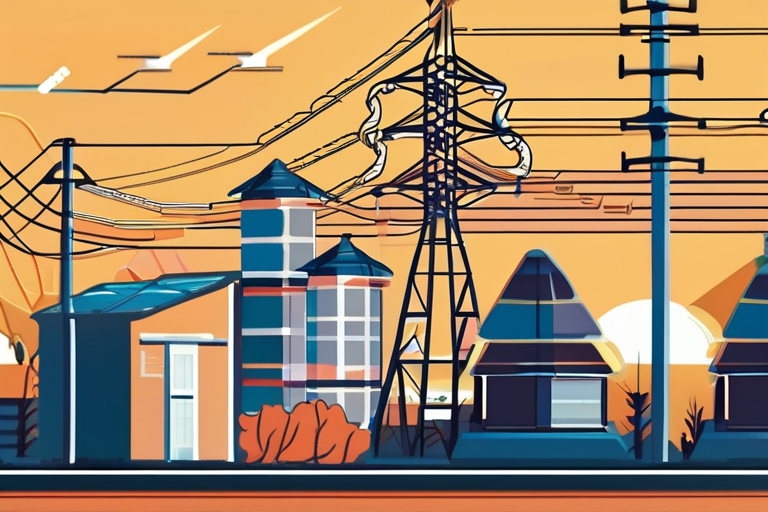




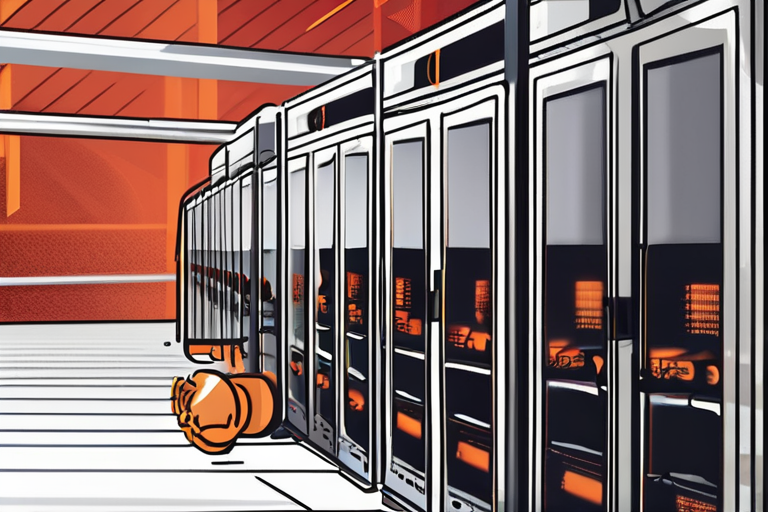





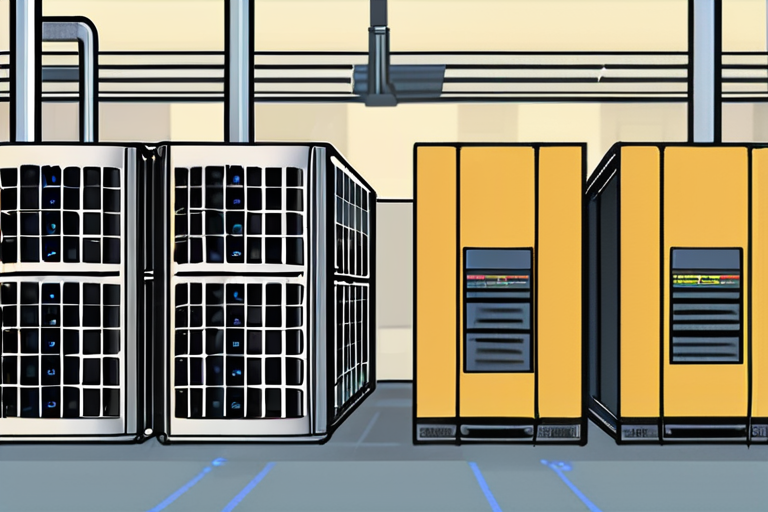




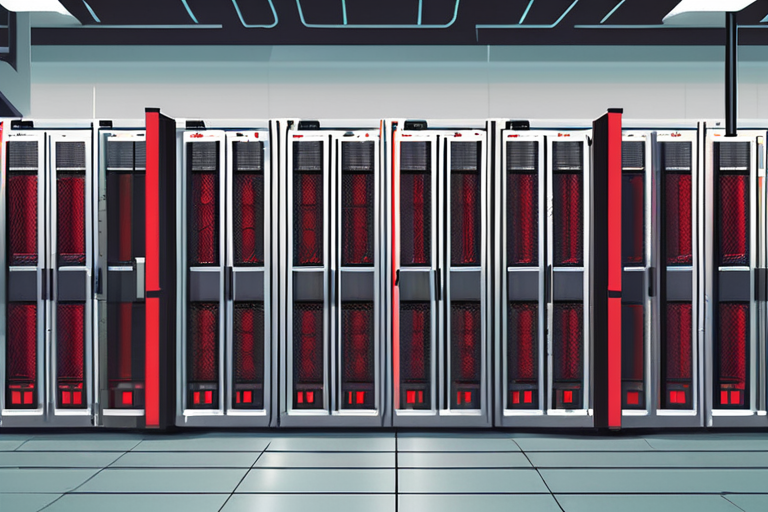



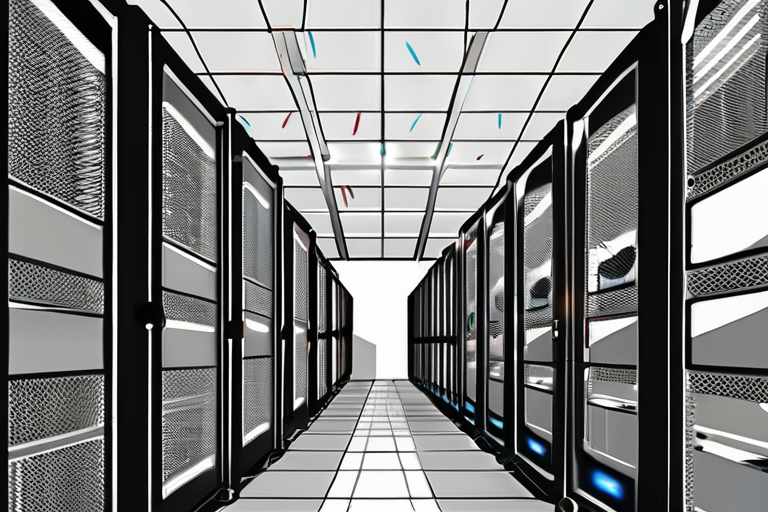

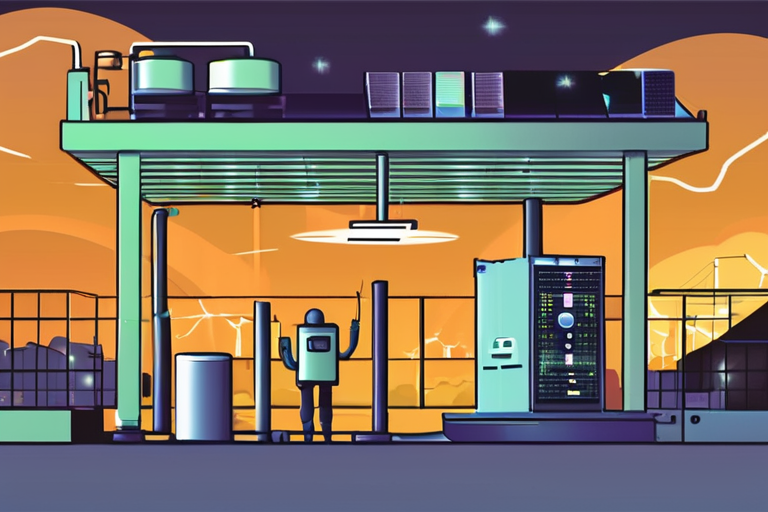
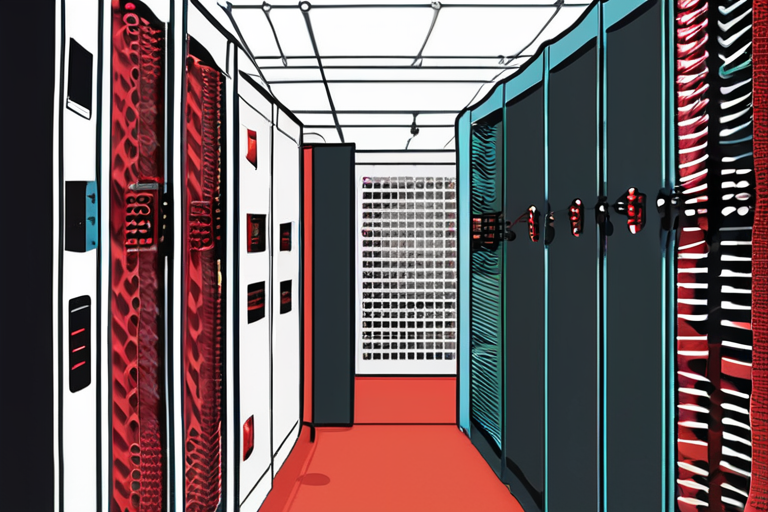

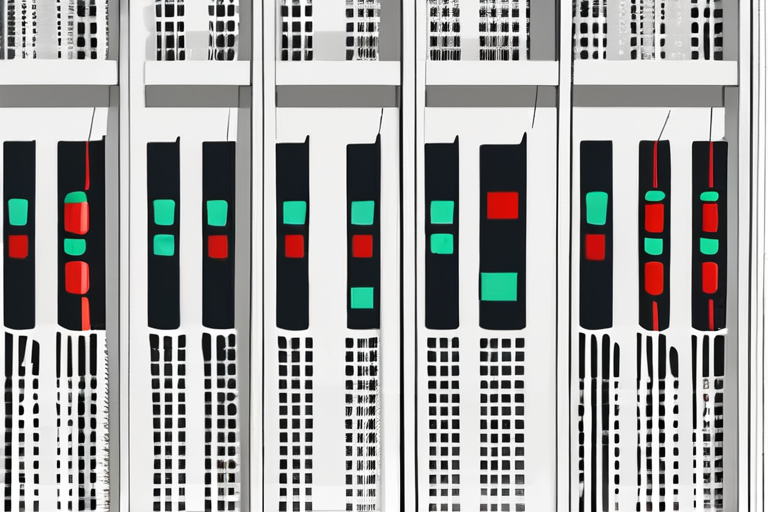
Share & Engage Share
Share this article